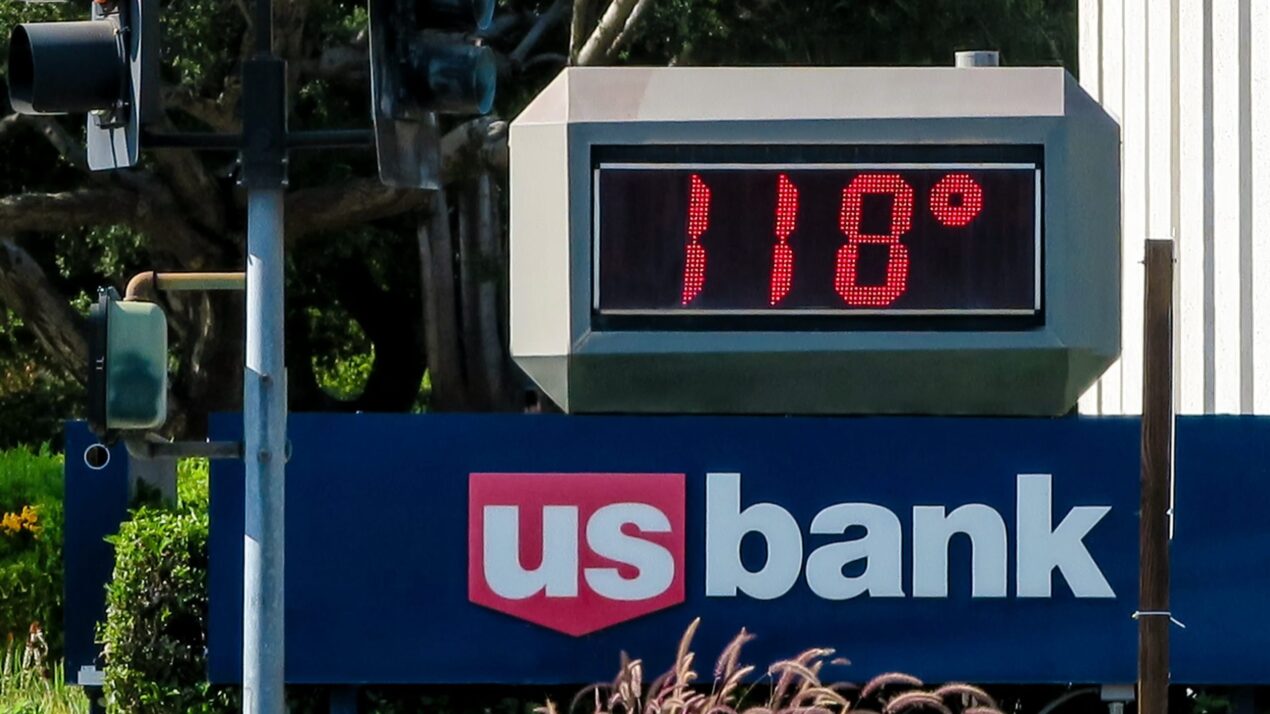
All-risk parametric insurance
Funding and Financing

Summary
Parametric insurance bases payouts on the occurrence of pre-determined trigger events. The trigger is based on an index of weather or natural phenomena, which allows the policyholder to protect against the anticipated financial loss of the identified trigger without having to assess actual damage.
Implementation
Utilize parametric insurance to diversify and expand a risk pool. Parametric insurance can protect against a specific climate risk or support broader disaster risk reduction and adaptation.
Considerations for Use
Parametric insurance is a newer approach to managing risk and effectiveness is still being studied. Governments can use parametric insurance to manage catastrophic risk and finance disaster response. Parametric insurance payouts can be disbursed faster than traditional insurance claims because payouts are based on a preset formula.
Overview
Climate:
Cold, Hot/Dry, Hot/Humid, TemperatePolicy Levers:
Funding and FinancingThe allocation of public or philanthropic funding or private financing to implement projects, including risk transfer mechanisms.Trigger Points:
Preparatory measures (actions to establish authority to act)Actions to establish/ensure the authority to act when appropriate trigger-points occur.Intervention Types:
Planning/PolicySectors:
Disaster Risk Management
Case Studies
Impact
Target Beneficiaries:
Business owners, Property owners, Renters, ResidentsPhase of Impact:
Emergency response and managementMetrics:
Change in index value, Difference of claims paid and actual losses
Implementation
Intervention Scale:
Region, State/ProvinceAuthority and Governance:
National government, State/provincial governmentImplementation Timeline:
Short-term (1-2 Years)Implementation Stakeholders:
City government, Industry, National government, State/provincial governmentFunding Sources:
Private investment, Public investmentCapacity to Act:
HighBenefits
Cost-Benefit:
MediumPublic Good:
N/AGHG Reduction:
N/ACo-benefits (Climate/Environmental):
N/ACo-benefits (Social/Economic):
Increase property values, Reduce poverty